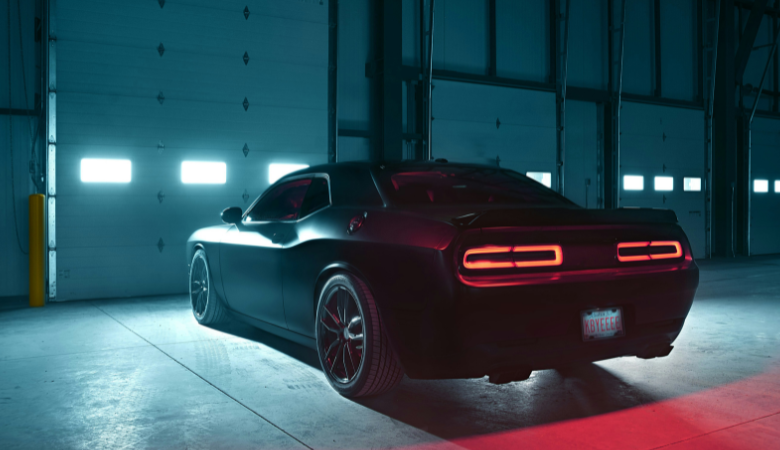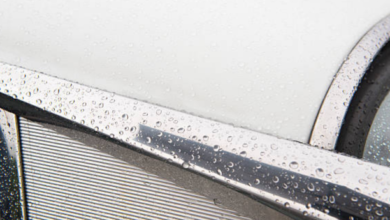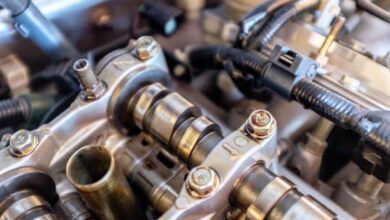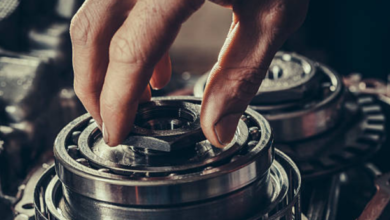Types of Limited Slip Differential

What Is A Limited Slip Differential?
A limited-slip differential (LSD) is a special additional component within the drive train mechanism of the car, which allows it to enhance traction and control, especially, when turning the car or when it has to overcome irregular road conditions. The LSD system differs from an open differential which sends torque only to the whee with prominent grip; on the other hand, it actively induces a difference in speed between the two wheels. This task is fulfilled by the differential that is an antagonist of gear, clutches or friction-based mechanisms within the differential. In another term, in contrary, the differential bars these tools from performing. The main function of a limited-slip differential is to distribute torque evenly between the drive wheels and no lights the wheel spin while, at the same time, the power supply is tailored in such a way that both wheels receive power for improved stability and ability to retain traction.
One of the typical cases for limited slip differential is the “the mechanical LSD,” that connect the wheel differentiation with the help of gears and clutches. When a tire starts skidding or becoming less tractional, the LSD shifts torque towards the wheel that grips better, preventing wheel spin. On the contrary, this technology serves the purpose mostly in prototype cars of high performance to maintain good traction, for example in areas with extreme road conditions. As such, limited-slip differentials provide both the vehicles ability to keeping itself in control during cornering as well as maneuvering it through different types of terrain and that’s why they are quite essential in various automotive applications.
Types of Limited Slip Differentials
Limited-slip differentials come in various types, each with its own design and mechanism to achieve the goal of distributing torque between the drive wheels. Here are some types of Limited Slip Differential:
1. Mechanical LSD:
The mechanical LSD is the most popular type, which operates by controlling wheel speed variation through gear and clutch systems. When the vehicle accelerates and the wheel on one side rotates faster than the other, the mechanical LSD will pull the clutches to transfer more torque to the wheel with good traction. Such a material is commonly found on hard-wearing parts delivers incredible performance like engines.
2. Viscous LSD:
The second type is the torque-sensitive partial-slip differential (VLSD), a differential which works based on the principle of viscous coupling filled with specific fluid. Upon the occurrence of a wheel slip, the smokesheet fluids get heated and become thicker and wish to transfer the torque to the asphalt on the wheel with traction. VLSDs have inbuilt features of simplicity & without shaking making them an ideal solution for many vehicles not only in the sports category but even the SUVs category.
3. Electronically Controlled LSD:
Nowadays, very many people use an electronically controlled limited-slip differential (ELSD), which has a number of sensors and an electronic control unit (ECU), to monitor four-wheels speeds and traction conditions. The ECU is then able to dynamically modify the differential’s response, which leads to the distribution of greater torque to the wheel generating the most grip. ELSDs provide a high standard of accuracy and fit the capabilities, hence they are applied in the most up-to-date understandings and models of cars. In addition to these types, other types help to meet different driving needs and also preferences, thus, manufacturers are able to custom-fit the differential to the specific application or requirement by the customer.




